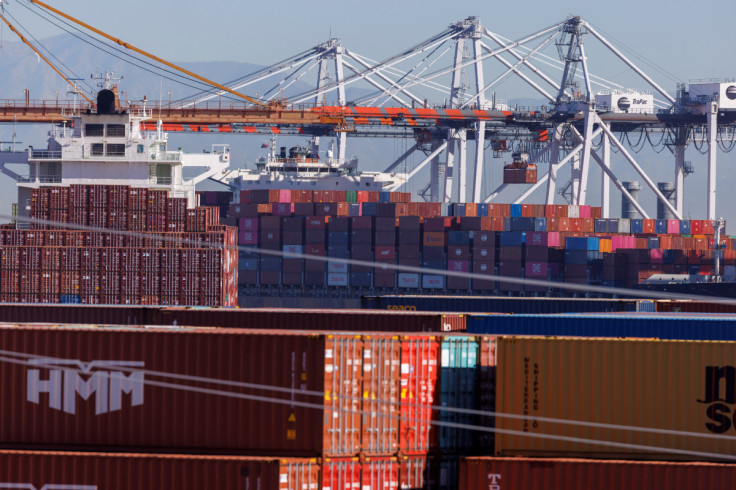U.S. Core Capital Goods Orders Accelerate In August; Shipments Rise

New orders for U.S.-manufactured capital goods increased more than expected in August, suggesting that businesses remained keen to spend on equipment despite higher interest rates, which could keep the economy on a moderate growth path.
Some of the surge in orders reported by the Commerce Department on Tuesday, however, reflected higher prices. The data suggested that business spending on equipment probably rebounded in the third quarter, further dispelling fears that the economy was in recession.
"It is hard to know whether companies are ordering up more widgets to produce the goods and provide the services for a stronger economy in the future or whether the jump in spending reflects the higher prices from inflation that remains out of control," said Christopher Rupkey, chief economist at FWDBONDS in New York. "Business orders don't jump in recessions. New equipment purchases mean no recession in August anyway."
Orders for non-defense capital goods excluding aircraft, a closely watched proxy for business spending plans, surged 1.3% last month. Data for July was revised higher to show these so-called core capital goods orders gaining 0.7% instead of 0.3% as previously reported. The data is not adjusted for inflation.
Economists polled by Reuters had forecast core capital goods orders rising 0.2%.
There were increases in orders for machinery, primary metals, computers and electronic products as well as electrical equipment, appliances and components. But orders for fabricated metal products fell.
Core capital goods shipments rose 0.3% after climbing 0.6% in July. Core capital goods shipments are used to calculate equipment spending in the gross domestic product measurement. Business spending on equipment contracted by the most in two years in the second quarter.
Despite the jump in core capital goods orders, the overall manufacturing sector, which accounts for 11.9% of the economy, is slowing amid aggressive monetary policy tightening by the Federal Reserve to fight inflation.
The U.S. central bank last week raised its policy interest rate by 75 basis points, its third straight increase of that size. It signaled more large increases to come this year.
Data this month showed production at U.S. factories barely rose in August. That slowdown was underscored by a continued decline in durable goods orders last month. Orders for durable goods, items ranging from toasters to aircraft that are meant to last three years or more, fell 0.2% after dipping 0.1% in July.
They were pulled down by a 1.1% drop in orders for transportation equipment. Orders for civilian aircraft declined 18.5%, offsetting a 31.2% rebound in orders for defense aircraft. Boeing reported on its website that it had received only 30 aircraft orders compared to 130 in July.
Orders for motor vehicles and parts rose 0.3% last month. Motor vehicle production continues to be hampered by a global semiconductor shortage. Durable goods shipments increased 0.7% after rising 0.2% in July. Unfilled durable goods orders advanced 0.5%, while inventories gained 0.2%.
© Copyright Thomson Reuters 2024. All rights reserved.




















